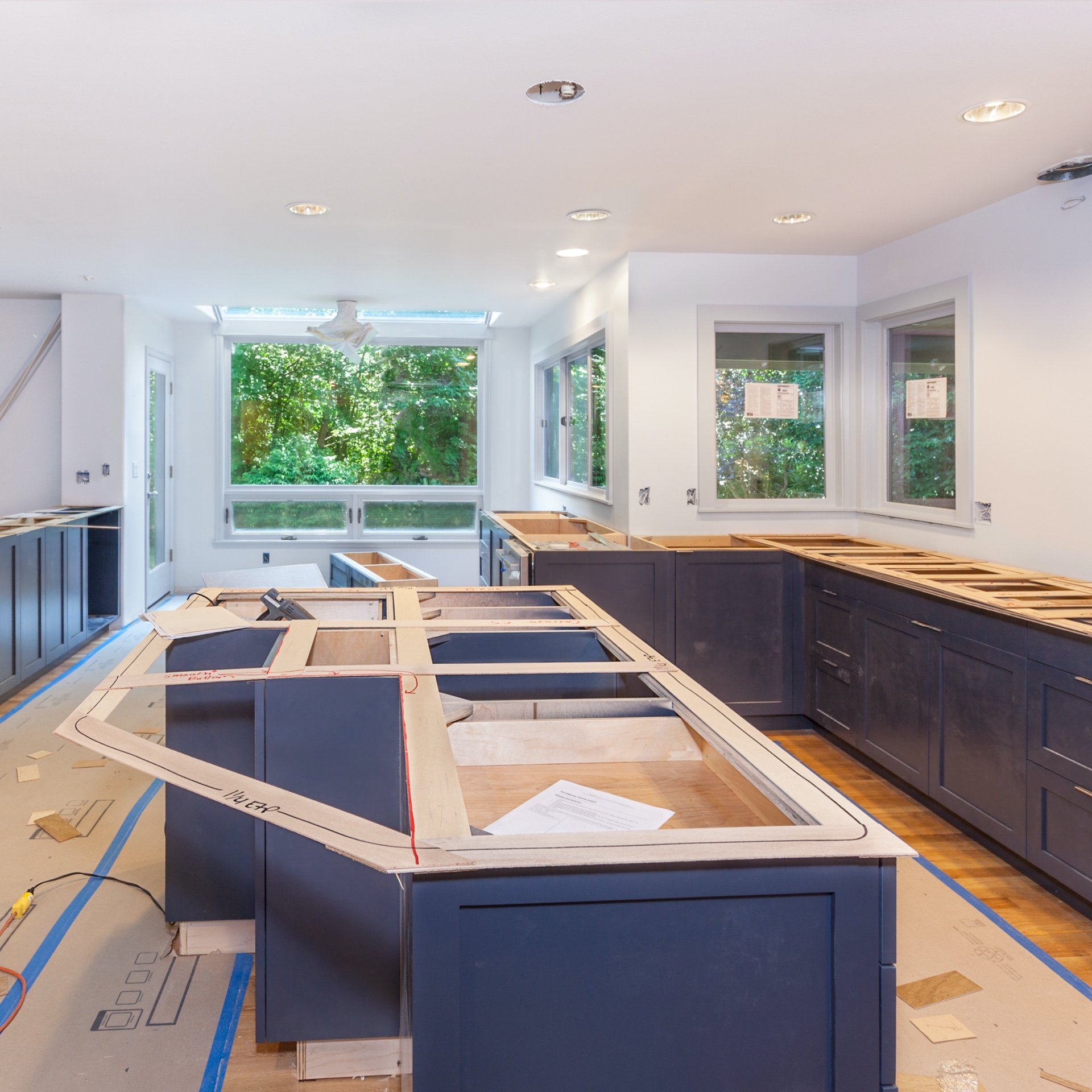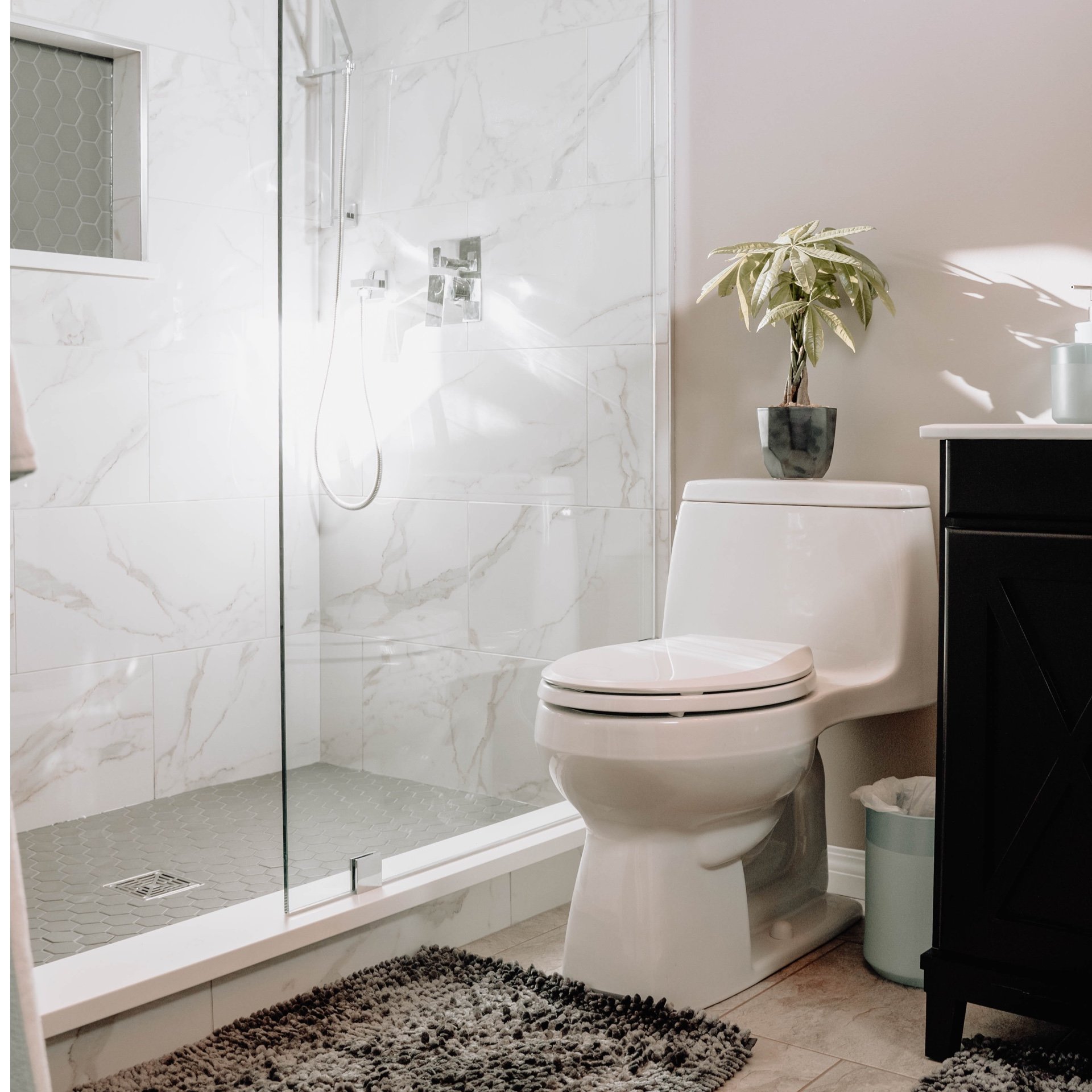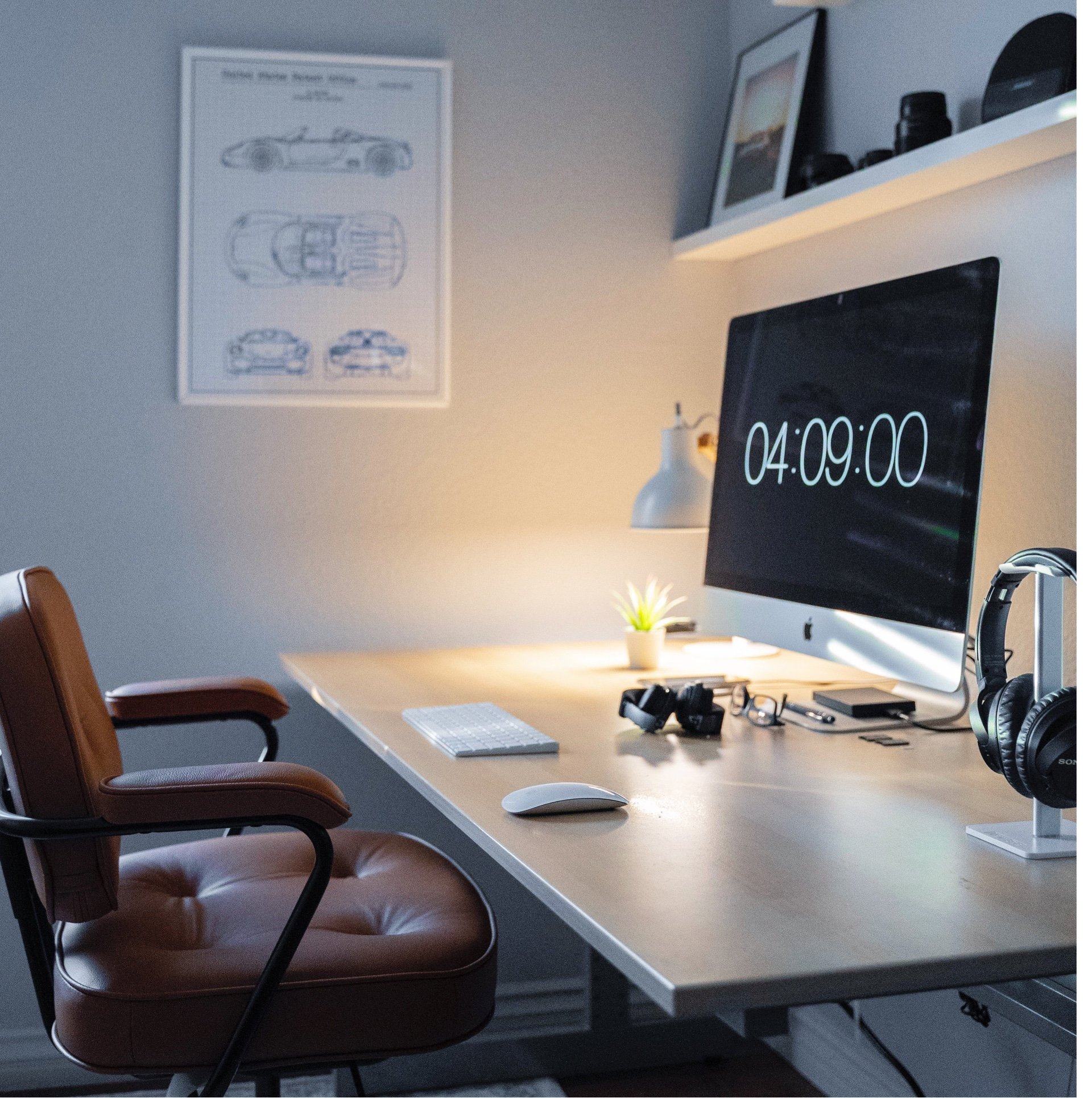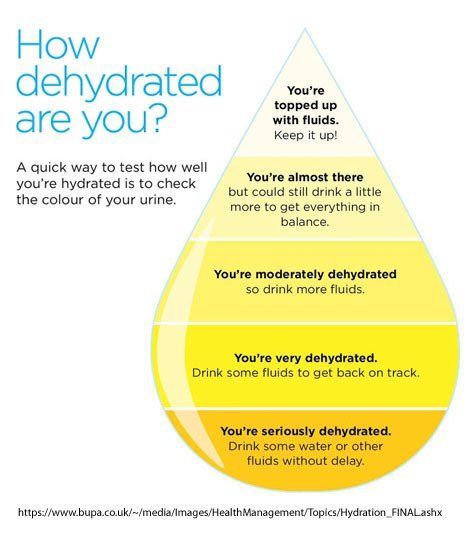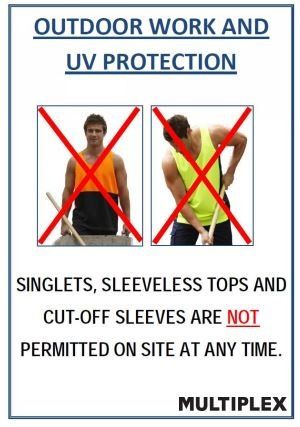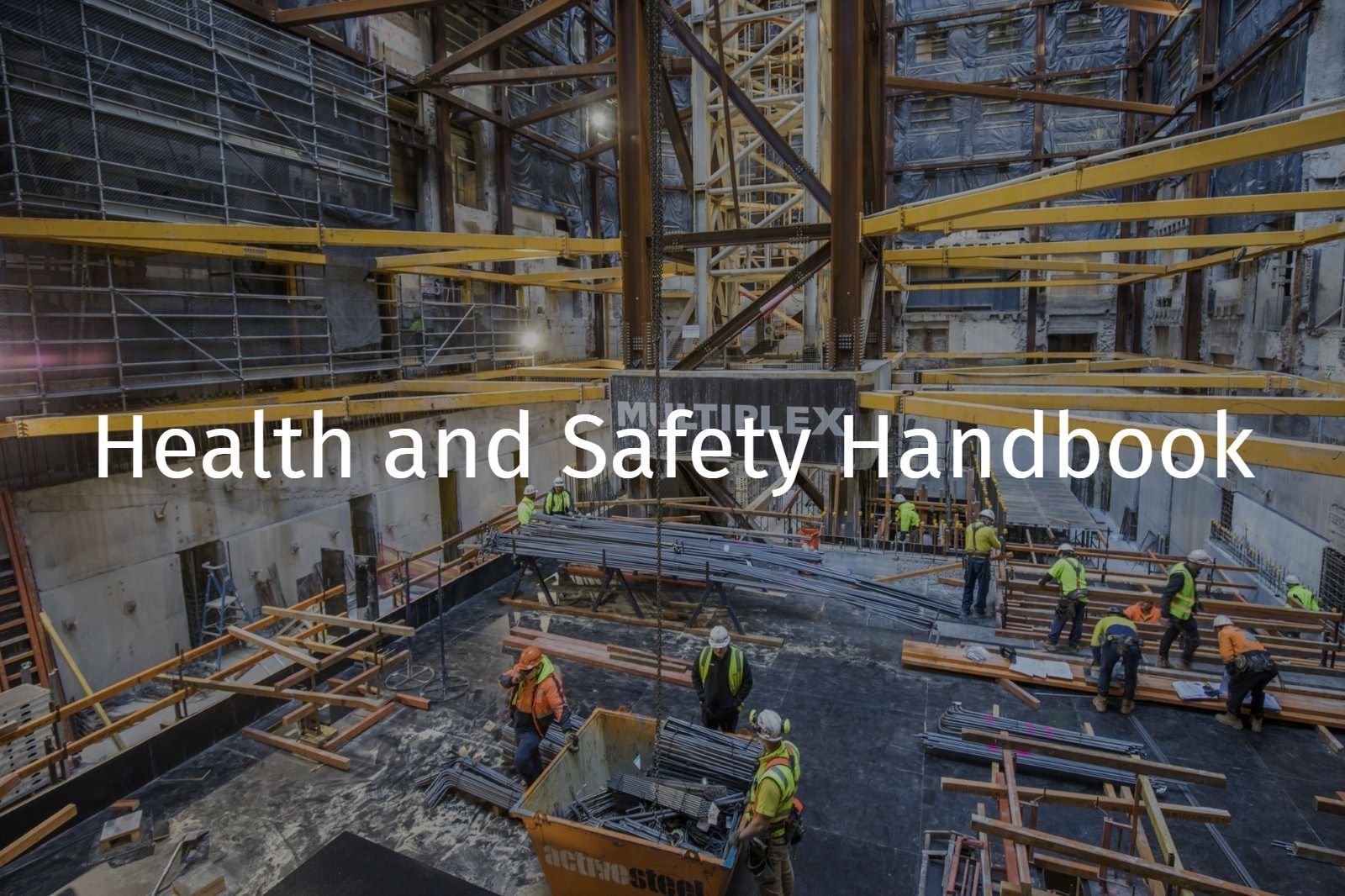Weather Conditions / Hot & Cold Environments
References: R Record keeping requirement | E An engineering/certification requirement | P A permit to work requirement | S A safe work method statement (SWMS) / written plan
Hazards
Potential hazards include, but are not limited to:
- Cold environments - Hypothermia
- Hot environments - Hyperthermia / heat exhaustion, stress, stoke
- Storms, lightening
- Strong winds.
- UV
Planning
Weather conditions must be monitored, via the Bureau of Meteorology’s official web site www.bom.gov.au/ specifically ambient temperature, wind speed / direction, humidity levels and for severe weather warnings.
The closest Bureau of Meteorology weather station to the project must be used as a point of reference.
Where weather conditions are forecast to be a potential risk to workers wellbeing, MPX management representatives must consult with workforce representatives in relation to prevailing weather conditions and planning for upcoming works.
Planning will include giving due consideration to:
- Jurisdictional industrial agreements/instruments
- Environmental conditions / factors e.g. ambient temperatures, wind, humidity etc.
- Exposure to environmental conditions e.g. direct sunlight
- Ventilation
- Time of day/night
- Type of work e.g. hot works, work in restricted spaces/confined spaces etc.
- Physical exertion.
Cold Environments
MPX and subcontractors must inform their workforce of the safe work practices relevant to working in cold conditions, the signs/symptoms and management of the potential effects of working in cold conditions.
Signs and symptoms include:
- Numbness in hands and fingers
- Uncontrolled shivering
- Loss of fine motor skills
Each worker has a duty to monitor their own condition and the condition of others they work with: any signs or symptoms related to working in cold conditions must be promptly reported to site management.
Workers must report to their supervisor any medical condition which may affect their ability to work in excessively cold conditions.
As far as is practicable protection from wind and rain must be provided.
- Task specific shelter must be provided by the subcontractor.
Environmental and workers physical conditions must be monitored.
Due consideration must be given to work-rest regimes and ceasing work if conditions become hazardous to health or in accordance with an industrial award.
The use of vibration tools causing body vibration must be monitored as risks of harm increase in cold weather.
Hot Environments
MPX/subcontractors must inform their workforce of the safe work practices relevant to working in hot conditions, the signs/symptoms and management of heat related disorders.
Each worker has a duty to monitor their own condition and the condition of others they work with: any signs or symptoms of heat related disorders must be promptly reported to site management.
- Workers must report to their supervisor any medical condition which may affect their ability to work in excessively hot conditions.
- Note: Some medications affect a person’s tolerance to hot working conditions.
Projects will be serviced with drinking water at specified locations.
- WA - Drinking water outlets should be signed ‘Drinking water’.
Shade must be provided as far as practical and where possible, task-specific shade must be provided by the subcontractor.
Workers must be enabled to work in the shade if possible or take frequent rest brakes and / or rotate duties.
Due consideration must be given to work-rest regimes and ceasing work if conditions become potentially hazardous to health.
A fresh water supply for washing and external cooling e.g. showers in the amenities etc. must be supplied where practical.
Hydration indication/urine analysis charts should be displayed in amenities.
Personal Protective Equipment (PPE)
Jackets, long sleeved shirts, long pants [PB1] , sunscreen, sunglasses and wide brims safety helmet attachments and gloves etc. must be supplied where determined necessary to people exposed to hot and cold environments, refer to
- Section: Personal Protective Equipment
Subcontractors are responsible to supply their own employees with PPE as described above.

Severe Weather, Storms, Lightning etc.
Where a severe weather warning is issued plant, equipment and materials in exposed areas must be assessed and actions taken to protect and secure as far as is practical, prior to the onset of the forecasted severe weather, for example:
- Cranes (mobile and tower)
- Dewatering equipment
- Height access equipment
- Materials
- Mobile & fixed plant
- People
- Temporary structures (e.g. hoardings, fencing, formwork, scaffolds, structural steel, precast elements, bracing, propping etc.)
Due consideration must be given to water ingress and potential damage to excavations, plant, equipment , surfaces, other finishes and drainage.
Following a severe weather event the site must be inspected for damage:
- Damage must be reported.
Document Control
Version 1 August 2019 – New Standard
